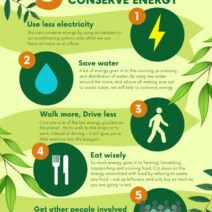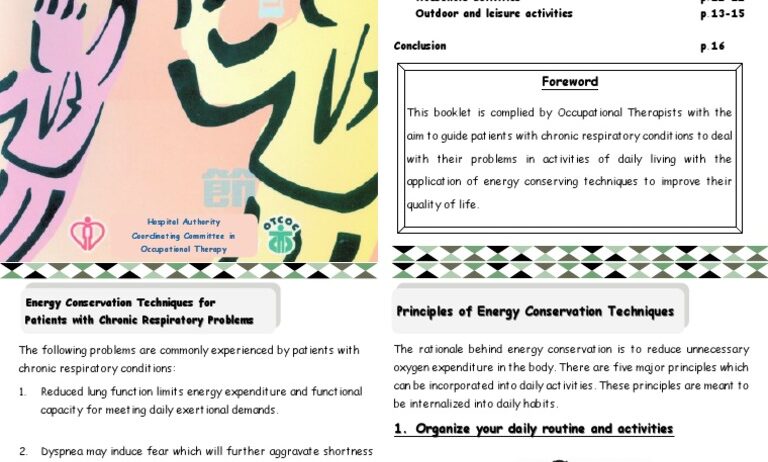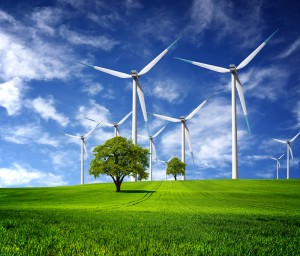Energy conservation for the elderly is akin to a seasoned gardener nurturing a delicate bloom. Just as a gardener must discern when to water and when to withhold moisture, so too must we recognize the importance of managing energy expenditure as the body ages. The task is to cultivate a life filled with activity and engagement while simultaneously ensuring that fatigue does not overshadow the vibrancy of each day. This delicate dance requires knowledge, mindfulness, and a sprinkling of creativity.
The concept of energy conservation involves making wise decisions about how to allocate one’s physical and mental resources. As individuals age, their bodies may not respond with the same vigor as in their youth. However, this does not signify the end of an active lifestyle. Instead, it presents an opportunity to innovate and discover new strategies to remain vibrant without succumbing to exhaustion.
Understanding the Importance of Energy Conservation
Energy conservation for the elderly operates on the principle that every action expends energy. Think of energy as a finite reservoir—like water stored in a tank. While there may have been a time when the tank brimmed with abundance, it is now wiser to use that water judiciously. Unwarranted exertion can lead to fatigue quicker than a dry season parches the earth.
Research has shown that engaging in regular physical activity is paramount for maintaining health in older adulthood. However, the quest is to strike a balance—to ensure that activities stimulate rather than drain. This necessitates the incorporation of energy conservation strategies into daily life.
Tips for Staying Active Without Fatigue
1. Prioritize Activities: Begin by evaluating daily tasks. List activities based on their importance and energy demands. Essential tasks, such as grocery shopping or attending medical appointments, should take precedence. Consider the use of tools, such as a planner or an app, to streamline tasks efficiently.
2. Engage in Short Bursts of Activity: Instead of lengthy exercise sessions that may lead to fatigue, aim for shorter, more frequent intervals of activity. Incorporate five to ten-minute walks throughout the day or mini exercise sessions, allowing the body time to regain composure.
3. Embrace the Power of Rest: Acknowledge the merit of rest periods. Much like a marathon runner who pauses to hydrate, elderly individuals should integrate pauses into their routine. Whether it’s a brief sit-down during household chores or relaxing with a book, these moments can rejuvenate and boost energy levels.
4. Participate in Social Activities: The social aspect of life is invigorating; it uplifts the spirit. Engage with friends or family in leisurely activities that require minimal physical exertion yet stimulate mental engagement. Painting classes, book clubs, or community events foster connections and cultivate a sense of belonging.
5. Incorporate Mindfulness Techniques: Mindfulness practices, such as deep breathing or meditation, can improve focus and reduce mental fatigue. These techniques provide a mental recharge, akin to tuning a musical instrument before a symphony. They allow for greater concentration and energy efficiency during tasks.
6. Utilize Adaptive Tools: Implement tools designed to ease daily tasks, such as long-handled reachers or ergonomic kitchen utensils. These adaptations not only simplify activities but also prevent unnecessary strain, thereby preserving energy for more fulfilling pursuits.
7. Listen to Your Body: This adage cannot be overstated. Respecting the body’s signals is paramount. When fatigue sets in, it is essential to heed those cues and adjust accordingly, much like a sailor adjusting sails in response to changing winds. Pushing through fatigue may lead to increased weariness or health issues.
8. Stay Hydrated and Nourished: The energy derived from food and hydration is foundational. Opt for well-balanced meals rich in nutrients and maintain hydration levels. Think of the body as a finely tuned engine; without quality fuel, performance will falter. Aim for smaller, more frequent meals to ensure a steady supply of energy.
9. Set Realistic Goals: Establish achievable goals rather than intimidate oneself with lofty expectations. This prevents the sense of failure associated with unattainable objectives. Remember, progress is incremental, like a seed sprouting into a seedling—a gradual process that requires patience.
Conclusion
The journey towards effective energy conservation as one ages does not necessitate a surrender to fatigue. Rather, it offers the opportunity to reevaluate and refine how we engage with the world around us. By embracing wise strategies, individuals can cultivate an active life, much like nurturing a garden that flourishes with thoughtful care and adequate resources. With a focus on balance, mindfulness, and adaptive techniques, it is entirely possible to remain active without succumbing to fatigue, thereby enriching the golden years with vitality and joy.






